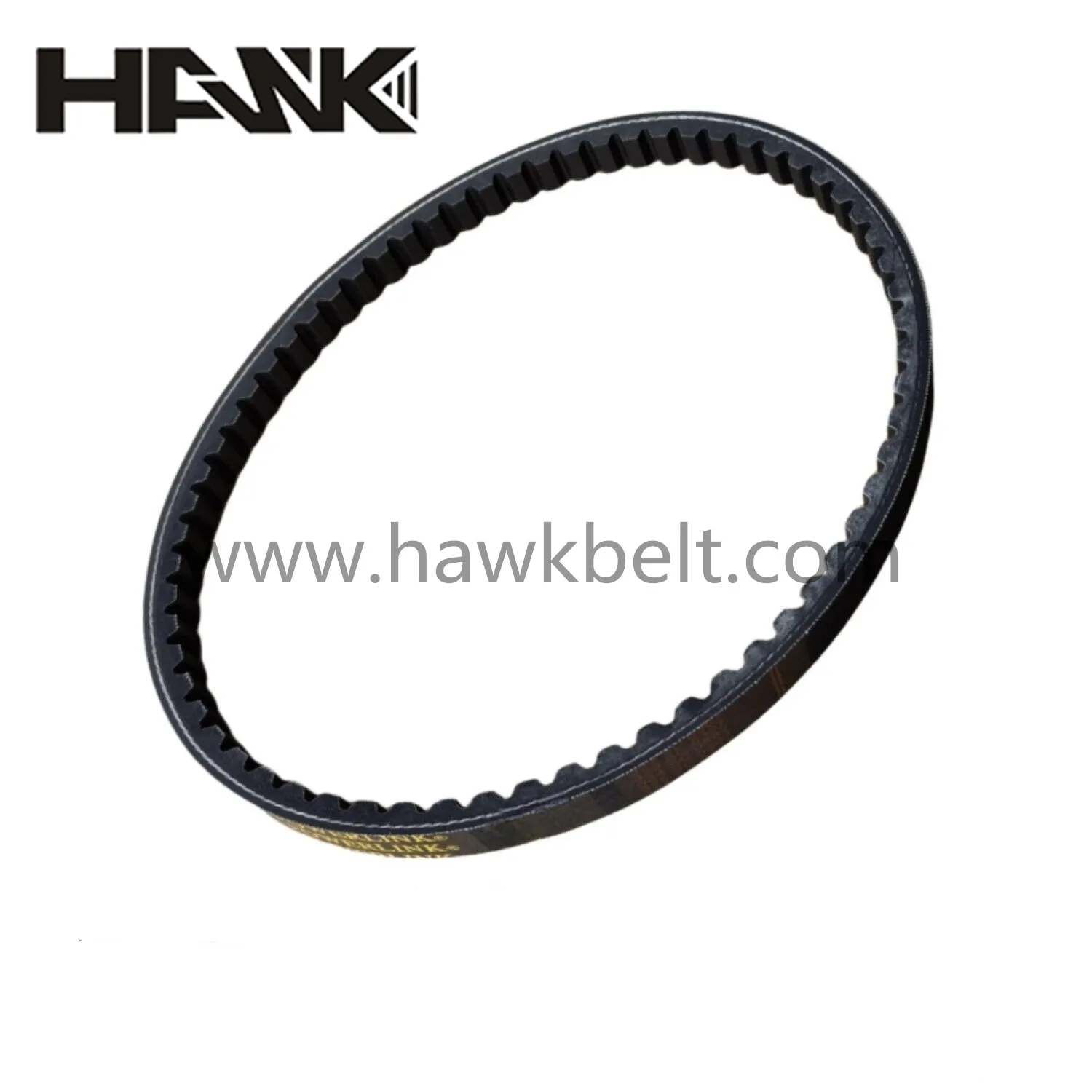- Arabic
- French
- Russian
- Spanish
- Portuguese
- Turkish
- Armenian
- English
- Albanian
- Amharic
- Azerbaijani
- Basque
- Belarusian
- Bengali
- Bosnian
- Bulgarian
- Catalan
- Cebuano
- Corsican
- Croatian
- Czech
- Danish
- Dutch
- Afrikaans
- Esperanto
- Estonian
- Finnish
- Frisian
- Galician
- Georgian
- German
- Greek
- Gujarati
- Haitian Creole
- hausa
- hawaiian
- Hebrew
- Hindi
- Miao
- Hungarian
- Icelandic
- igbo
- Indonesian
- irish
- Italian
- Japanese
- Javanese
- Kannada
- kazakh
- Khmer
- Rwandese
- Korean
- Kurdish
- Kyrgyz
- Lao
- Latin
- Latvian
- Lithuanian
- Luxembourgish
- Macedonian
- Malgashi
- Malay
- Malayalam
- Maltese
- Maori
- Marathi
- Mongolian
- Myanmar
- Nepali
- Norwegian
- Norwegian
- Occitan
- Pashto
- Persian
- Polish
- Punjabi
- Romanian
- Samoan
- Scottish Gaelic
- Serbian
- Sesotho
- Shona
- Sindhi
- Sinhala
- Slovak
- Slovenian
- Somali
- Sundanese
- Swahili
- Swedish
- Tagalog
- Tajik
- Tamil
- Tatar
- Telugu
- Thai
- Turkmen
- Ukrainian
- Urdu
- Uighur
- Uzbek
- Vietnamese
- Welsh
- Bantu
- Yiddish
- Yoruba
- Zulu
jul . 28, 2024 08:17 Back to list
Choosing the Right 6PK Fan Belt for Optimal Performance and Durability in Your Vehicle
Understanding the Importance of the Fan Belt in Automobile Functionality
In the world of automotive engineering, every component plays a critical role in ensuring the vehicle operates smoothly and efficiently. Among these components, the fan belt—also known as the serpentine belt or accessory drive belt—is a crucial element that often goes unnoticed until a problem arises. This article will delve into the significance of the fan belt, its functionalities, the common issues associated with it, and how to maintain it to ensure the longevity of your vehicle.
What is a Fan Belt?
The fan belt is a looped strip of rubber that connects various engine components, allowing them to work in harmony. Commonly, it drives the alternator, water pump, power steering pump, and air conditioning compressor. In many modern cars, a single serpentine belt may replace multiple belts that were used in older models. The term 6PK often refers to a specific size or configuration of the fan belt, indicating it has six ribs that provide better grip and stability during operation.
Functions of the Fan Belt
The primary function of the fan belt is to transfer power from the engine's crankshaft to auxiliary components such as the alternator and water pump. By doing so, it enables the vehicle's electrical system to function properly, the engine to maintain an optimal temperature, and provides assistance in steering and air conditioning. Without a properly functioning fan belt, these systems could fail, leading to significant performance issues or even engine damage.
Signs of a Failing Fan Belt
fan belt 6pk

Like many components of a vehicle, the fan belt is subject to wear and tear over time. Some common signs that your fan belt may be failing include
1. Squeaking or squealing noises These sounds often indicate that the belt is slipping due to wear or improper tension. 2. Cracks or fraying Visually inspecting the belt for any visible damages can alert you to its condition. Cracked or frayed belts should be replaced immediately. 3. Overheating engine If the water pump is not turning effectively because of a failed belt, your engine may overheat. 4. Stiff steering or malfunctioning accessories A worn belt may cause the power steering pump to fail, making steering difficult and affecting the operation of other accessories.
Maintenance Tips
To prevent issues with your fan belt, regular maintenance is crucial. Here are some tips to keep it in optimal condition
1. Regular Inspections Consistently check the belt for any visible signs of wear or damage. Most mechanics recommend inspecting the belt during routine oil changes. 2. Proper Tension Ensure the belt has the right tension. A belt that is too loose can slip, while one that is too tight can cause unnecessary stress on the engine components. 3. Replacement If you notice any signs of wear or if it's been a while since the belt was changed (usually recommended every 60,000 to 100,000 miles), it’s advisable to replace it proactively. 4. Professional Assistance If you’re unsure about the condition of your fan belt, it's best to consult with a professional mechanic who can provide a thorough inspection and recommend necessary actions.
Conclusion
The fan belt is a small yet vital part of an automobile's engine system. Understanding its functions and being aware of the signs of wear can save vehicle owners from unexpected breakdowns and expensive repairs. By prioritizing regular maintenance and being proactive about any issues, drivers can ensure their fan belt—and thereby, their vehicle—remains in great working condition for years to come. Whether you're a seasoned car enthusiast or a new owner, respecting the importance of the fan belt will contribute significantly to your vehicle's performance and reliability.
-
Korean Auto Parts Timing Belt 24312-37500 For Hyundai/Kia
NewsMar.07,2025
-
7PK2300 90916-T2024 RIBBED BELT POLY V BELT PK BELT
NewsMar.07,2025
-
Chinese Auto Belt Factory 310-2M-22 For BMW/Mercedes-Benz
NewsMar.07,2025
-
Chinese Auto Belt Factory 310-2M-22 For BMW/Mercedes-Benz
NewsMar.07,2025
-
90916-02660 PK Belt 6PK1680 For Toyota
NewsMar.07,2025
-
drive belt serpentine belt
NewsMar.07,2025

